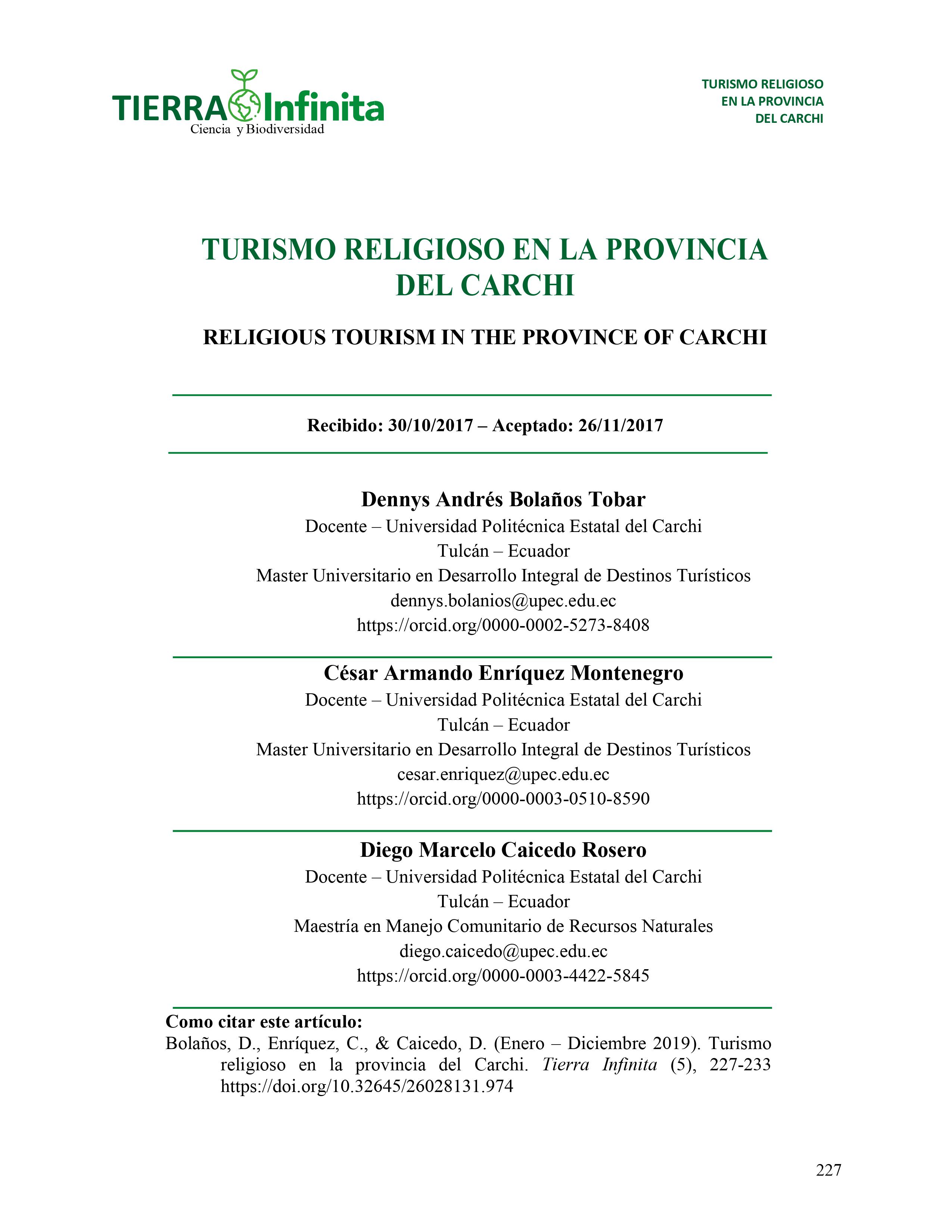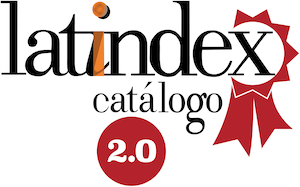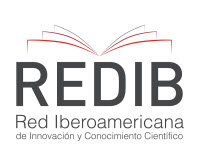Religious tourism in the province of Carchi
DOI:
https://doi.org/10.32645/26028131.974Keywords:
Religious tourism, cultural tourism, religious temples, religious circuitAbstract
The visit to the sanctuaries in Ecuador and the world by parishioners, believers,
Catholics or simply tourists who appreciate the art that is inside them or the majesty of their constructions, has become one of the practices that more people agglutinates in the cities or towns, either for religious celebrations, for devotion or customs. In some countries, these actions have been used for the development of cultural tourism framed in religious tourism as the main promoter, such is the case of Lourden in France, has formed a series of services and in which the main attraction is the sanctuary and around it, various products have been shaped based on their natural and cultural heritage resources. They have created towns, or could be called “mini holy cities”, making the visitor has the feeling of being in a special place, thus increasing their stay and economic benefits. (Robles, 2001, page 2) In Carchi province there are Catholic churches with their customs, history, pilgrimages and religious festivities, which can be exploited by tourism, because the religious temples have been created just for the religious sphere and were never intended to be considered tourism, That is why they only serve an immediate or basic need for their devotees and do not have quality standards for tourism. The present investigation allowed to describe the historical, architectonic and cultural richness that the main religious temples of the province has, with which a guided religious touristic circuit was designed, that allows to make known this legacy, and take advantage of both religious tourism development and also in the rescue of the cultural heritage of Carchi province and its appropriation by its inhabitants.

Downloads
Published
Issue
Section
License
Copyright (c) 2020 Dennys Andrés Bolaños Tobar, César Armando Enríquez Montenegro, Diego Marcelo Caicedo Rosero

This work is licensed under a Creative Commons Attribution-NonCommercial-ShareAlike 4.0 International License.
El autor mantiene los derechos intelectuales y morales de su obra, autorizando a la editorial de la Revista Tierra Infinita la difusión y divulgación de su contenido con fines estrictamente académicos y de investigación, sin fines de lucro.










